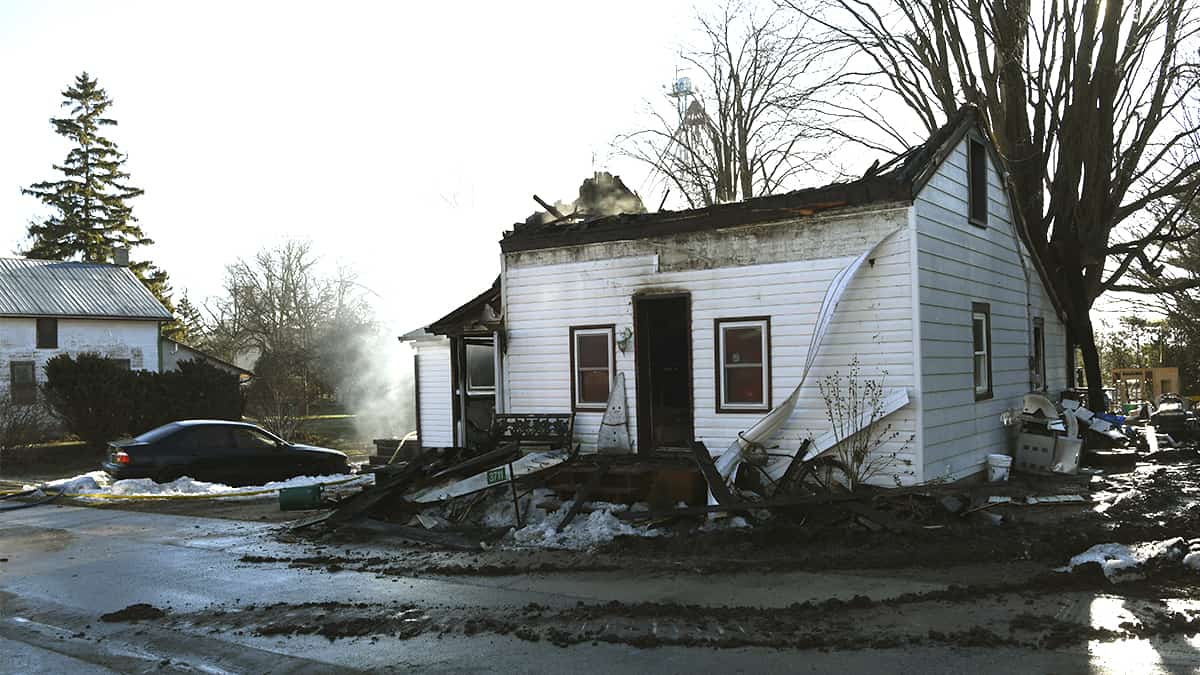The number of COVID-19 cases remains relatively high in the region – the 330 active cases today are six more than Thursday, in fact – but the numbers are relatively stable, say public health officials.
Overall, there have been 11,204 cases since the pandemic began more than a year ago. Of those, 10,624 have been resolved, a recovery rate of 94.8 per cent. The number of fatal cases hit 236 this week.
The number of outbreaks at the likes of long-term care homes and workplaces continues to fall, however, with the region currently monitoring 20 locations, down one from the previous day. While not deemed an outbreak, two cases at Elmira District Secondary School were joined by a third at week’s end. In that vein, a staff member at FunCare learning Centre in Elmira tested positive for the virus.
With the numbers stable, the Public Health department is monitoring for variants of the virus, mindful that some are more contagious than the original.
“In Ontario, over 1,000 cases have been confirmed as a variant, and over 6,500 have screened positive for a variant. We expect to see a continual increase in the number of cases locally that screen positive for a variant. At this time, our percentage of cases that screen positive isn’t growing as quickly as it is in Ontario overall,” said medical officer of health Dr. Hsiu-Li Wang during the weekend pandemic briefing Friday.
The region has now reported 188 variants of concern on its online dashboard – 15 have been confirmed as the B.1.1.7 first identified in the U.K, and the remaining 173 have not had their lineage determined at this point.
The changing nature of the virus means it’s no time to relax our vigilance, said Wang.
“It is critical that we continue to keep up with measures such as limiting close contacts, maintaining physical distance, and wearing face coverings. These measures protect against the spirit of COVID-19, including its variants.”
With new strains and the ongoing reopening of the economy following the most-recent lockdown, the public health system is adapting accordingly, she added.
“Due to recent changes – the end of this stay-at-home order – the enhanced case and contact management that we’re doing for cases assumes that any case could be a variant today. And stricter school screening guidance has led to an increase in the unseen work that public health staff are regularly engaged in to slow the spread of COVID-19,” said Wang.
Between February 22 and March 7, public health managed 2,739 contacts, monitored 117 workplaces, which is up from 74 in the preceding two-week period, and monitored nine school and childcare groups. They also investigated 75 long-term care and retirement homes, up from 63 in the preceding two period.
“Case contact and outbreak management continue to be fundamentally important to controlling the spread and are much more effective when people are limiting their non-essential social interactions and trips outside of the home.”
As the vaccine rollout continues in the region, albeit slowly, Wang warns of the importance of continuing to stay at home and follow public health measures.
“We continue to be in a risky period. While our indicators are relatively stable, the variants are increasing provincially and locally, and most healthy areas have started to experience an increase to their rights. While vaccine supply has improved, and vaccination clinics are ramping up in Waterloo Region, there will not be enough supply coming in the next few weeks to avert a third wave. Therefore, we need to keep up with our strict public health practices for at least the next few months. We still need to exercise caution, but the light at the end of the tunnel grows brighter every day.”









